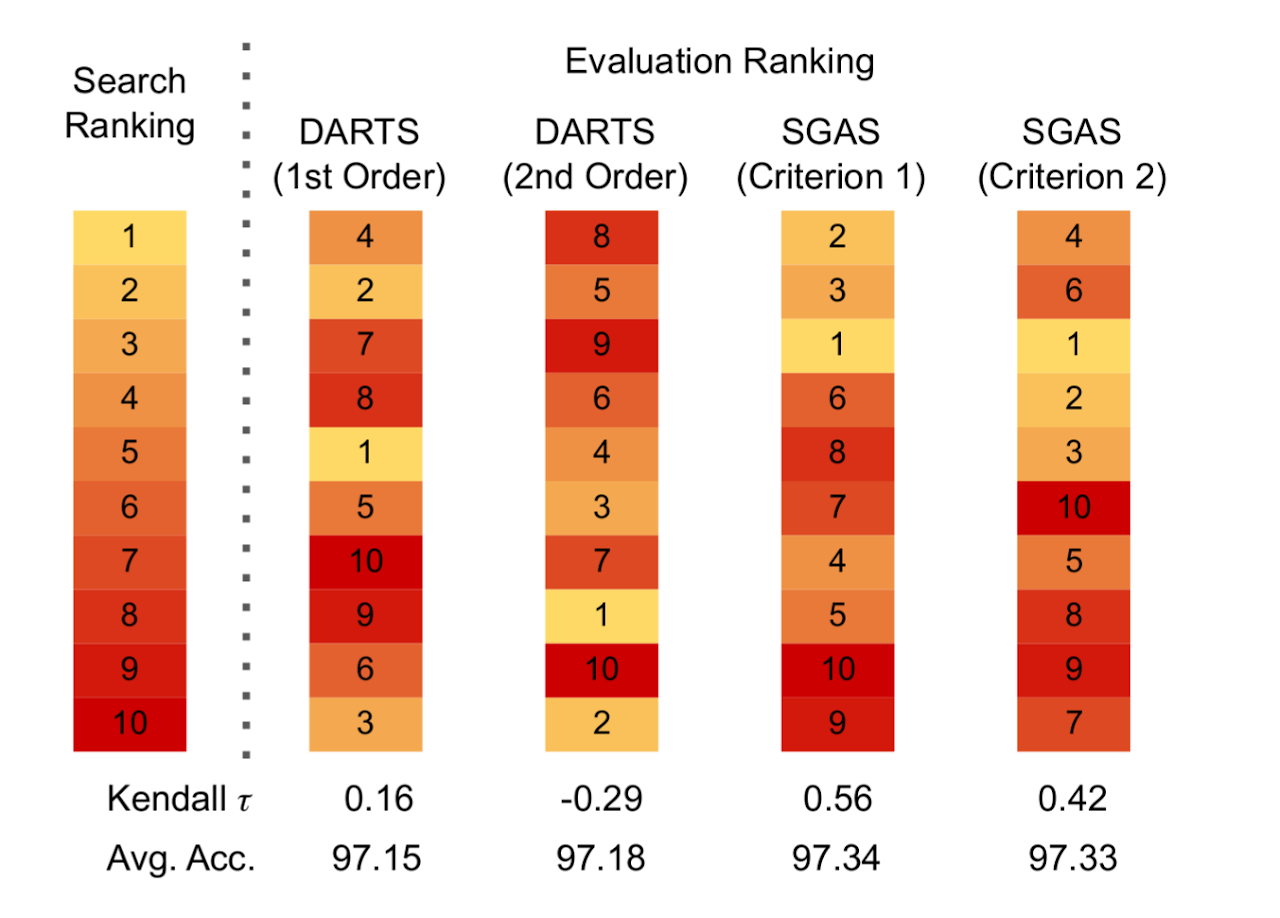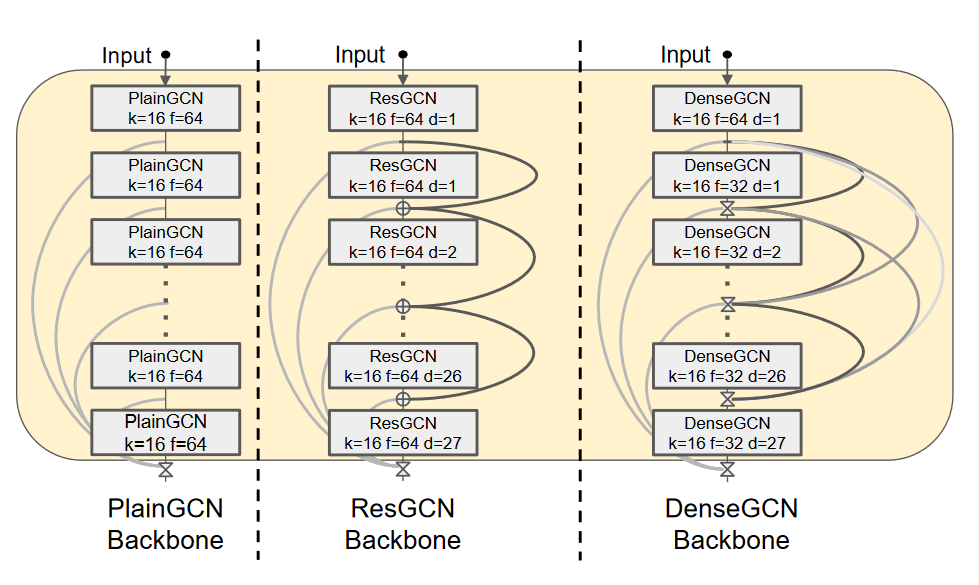Skills
Programming Languages & Frameworks
- C++
- Java
- Python
- C#
- JavaScript
- Go
- React
Operating Systems & Tools
- git
- Linux
Data Management
- Microsoft SQL Server
- MySQL
Experience

Visiting Student Research Intern
King Abdullah University of Science and Technology, Thuwal, Saudi Arabia
Worked in the Visual Computer Center on projects in the field of deep learning and computer vision. Resulting in two papers currently in review.
July 2019 - December 2019

Full Stack Developer
Kindynos, Aguascalientes, Mexico
Implemented the protocol of an existing cryptocurrency and built a web application for management of cryptocurrency wallets.
January 2019 - July 2019

Software Engineering Intern
Microsoft, Redmond, WA
Interned in the Core Data & Analytics team. Obtained insights about which users to recommend certain Windows security features based on usage data.
May 2018 - August 2018

Software Engineering Intern
Facebook, Menlo Park, CA
Interned in the Feed Ads team. Built a debugging tool for a product in development in the main site, as well as an alert system for the on call team on this product.
June 2016 - August 2016
Education
2014 - 2019
Awards
Completed the 2017 Wolfram Summer School program
Recipient of Excellence Scholarship for academic merit 2014
Gold medal in the National Informatics Olympiad 2013 and 2012
Publications
Publications made during my internship at King Abdullah University of Science and Technology, in the fields of Deep Learning and Computer Vision.
SGAS: Sequential Greedy Architecture Search
Guohao Li, Guocheng Qian, Itzel C. Delgadillo, Matthias Müller, Ali Thabet, Bernard Ghanem
Architecture design has become a crucial component of successful deep learning. Recent progress in automatic neural architecture search (NAS) shows a lot of promise. However, discovered architectures often fail to generalize in the final evaluation. Architectures with a higher validation accuracy during the search phase may perform worse in the evaluation (see Figure 1). Aiming to alleviate this common issue, we introduce sequential greedy architecture search (SGAS), an efficient method for neural architecture search. By dividing the search procedure into subproblems, SGAS chooses and prunes candidate operations in a greedy fashion. We apply SGAS to search architectures for Convolutional Neural Networks (CNN) and Graph Convolutional Networks (GCN). Extensive experiments show that SGAS is able to find state-of-the-art architectures for tasks such as image classification, point cloud classification and node classification in protein-protein interaction graphs with minimal computational cost.
November 2019


DeepGCNs: Making GCNs Go as Deep as CNNs
Guohao Li, Matthias Müller, Guocheng Qian, Itzel C. Delgadillo, Abdulellah Abualshour, Ali Thabet, Bernard Ghanem
Convolutional Neural Networks (CNNs) have been very successful at solving a variety of computer vision tasks such as object classification and detection, semantic segmentation, activity understanding, to name just a few. One key enabling factor for their great performance has been the ability to train very deep CNNs. Despite their huge success in many tasks, CNNs do not work well with non-Euclidean data which is prevalent in many real-world applications. Graph Convolutional Networks (GCNs) offer an alternative that allows for non-Eucledian data as input to a neural network similar to CNNs. While GCNs already achieve encouraging results, they are currently limited to shallow architectures with 2-4 layers due to vanishing gradients during training. This work transfers concepts such as residual/dense connections and dilated convolutions from CNNs to GCNs in order to successfully train very deep GCNs. We show the benefit of deep GCNs with as many as 112 layers experimentally across various datasets and tasks. Specifically, we achieve state-of-the-art performance in part segmentation and semantic segmentation on point clouds and in node classification of protein functions across biological protein-protein interaction (PPI) graphs. We believe that the insights in this work will open a lot of avenues for future research on GCNs and transfer to further tasks not explored in this work
October 2019


